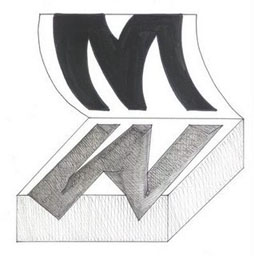Techniques
Printing is in essence the transferral of ink from a prepared printing surface, such as a block, plate or stone, onto paper or other material. There are three main printing processes: relief printing, in which the ink is applied to the raised part of the surface (i.e. that part which stands in relief from the rest); intaglio (from the Italian for ‘incision’ or ‘engraving’) in which the ink is applied to grooves cut into the surface; and planographic, in which the ink is applied to the surface itself (the lithograph being the prime example of this process). Only the first two of these processes were known in the early modern period, and they gave rise to the four techniques used in the 16th and 17th centuries: woodcut, engraving, etching, and mezzotint. Woodcuts are examples of relief printing; engravings, etchings and mezzotints are examples of the intaglio process.

 Full
accounts of printmaking techniques and their history can be found in Antony Griffiths, Prints and Printmaking: An Introduction to the History and Techniques,
2nd edn (London, 1996), and Bamber Gascoigne, How to Identify Prints: A
Complete Guide to Manual and Mechanical Processes from Woodcut to Inkjet, 2nd edn
(London, 2004).
Full
accounts of printmaking techniques and their history can be found in Antony Griffiths, Prints and Printmaking: An Introduction to the History and Techniques,
2nd edn (London, 1996), and Bamber Gascoigne, How to Identify Prints: A
Complete Guide to Manual and Mechanical Processes from Woodcut to Inkjet, 2nd edn
(London, 2004).